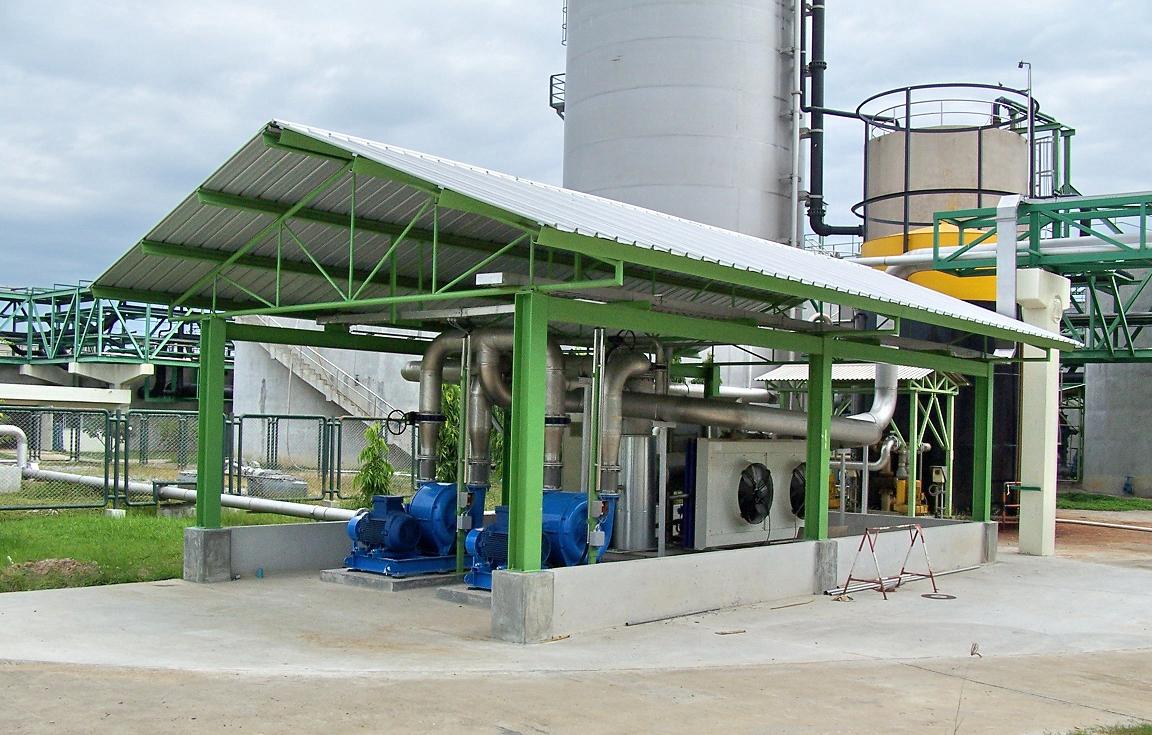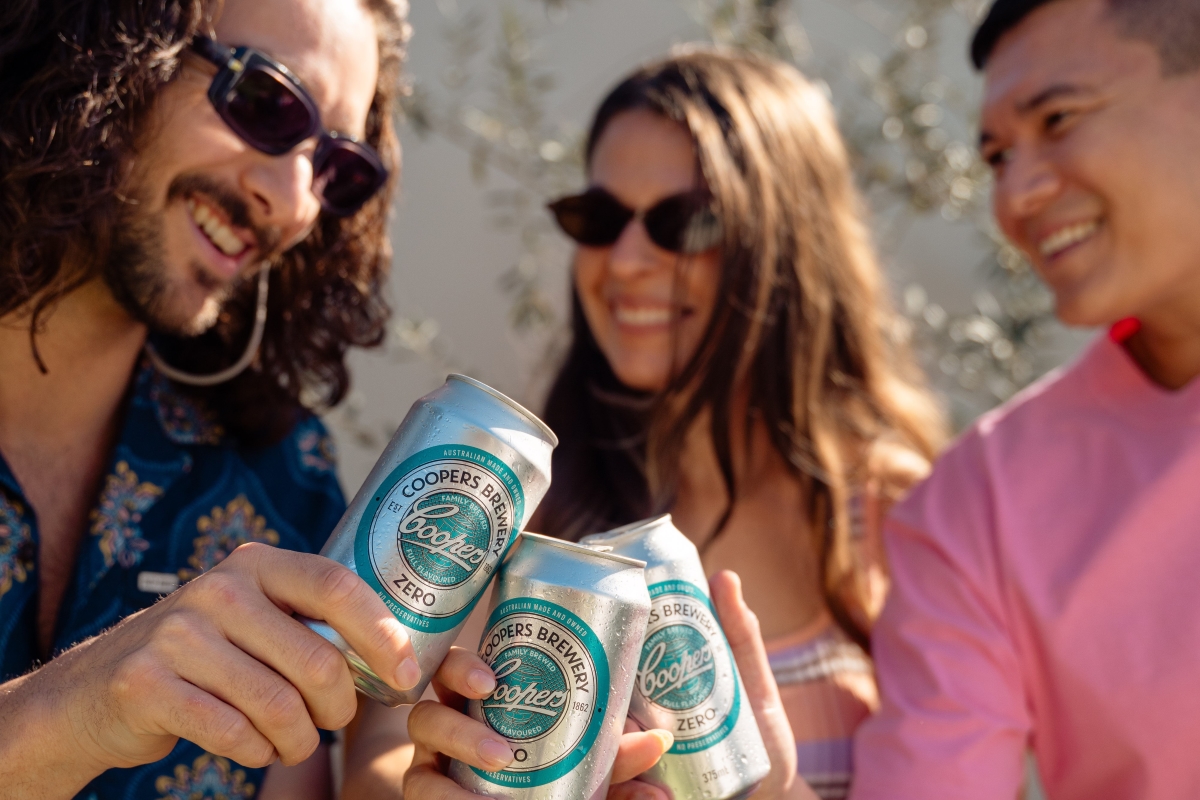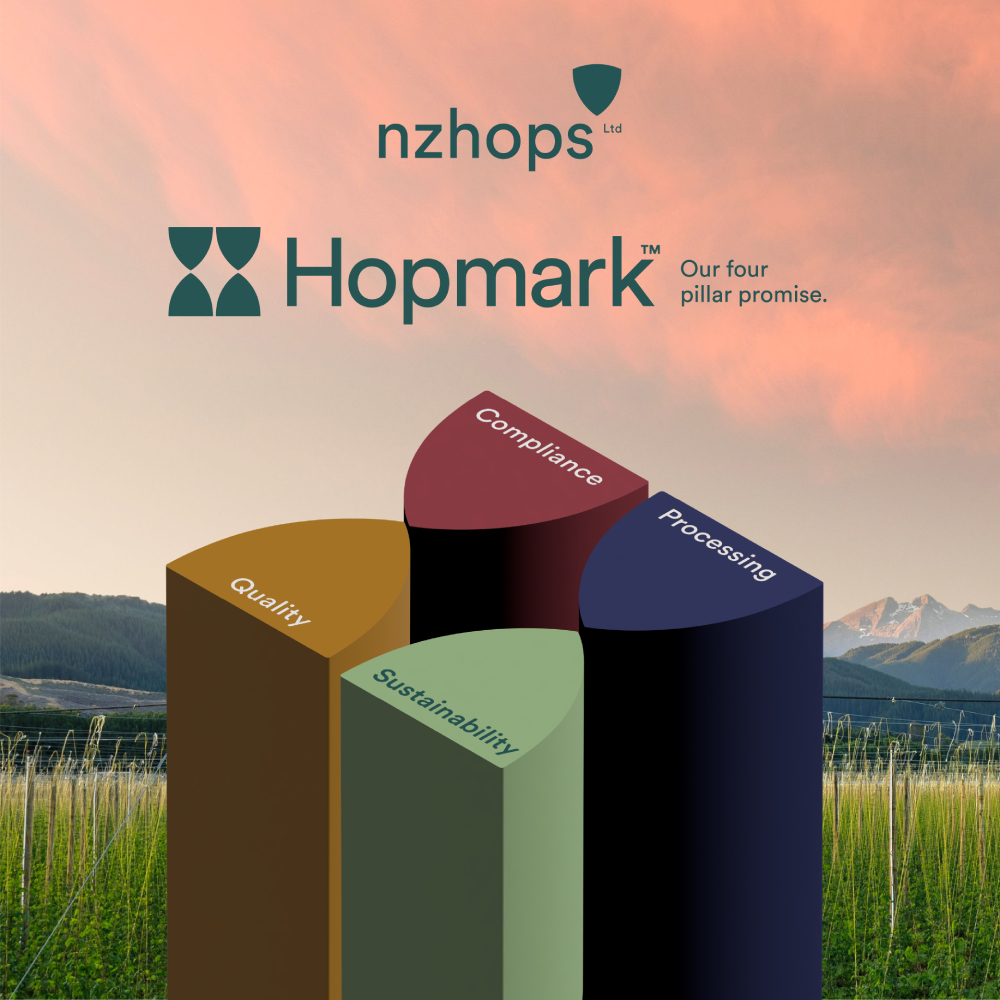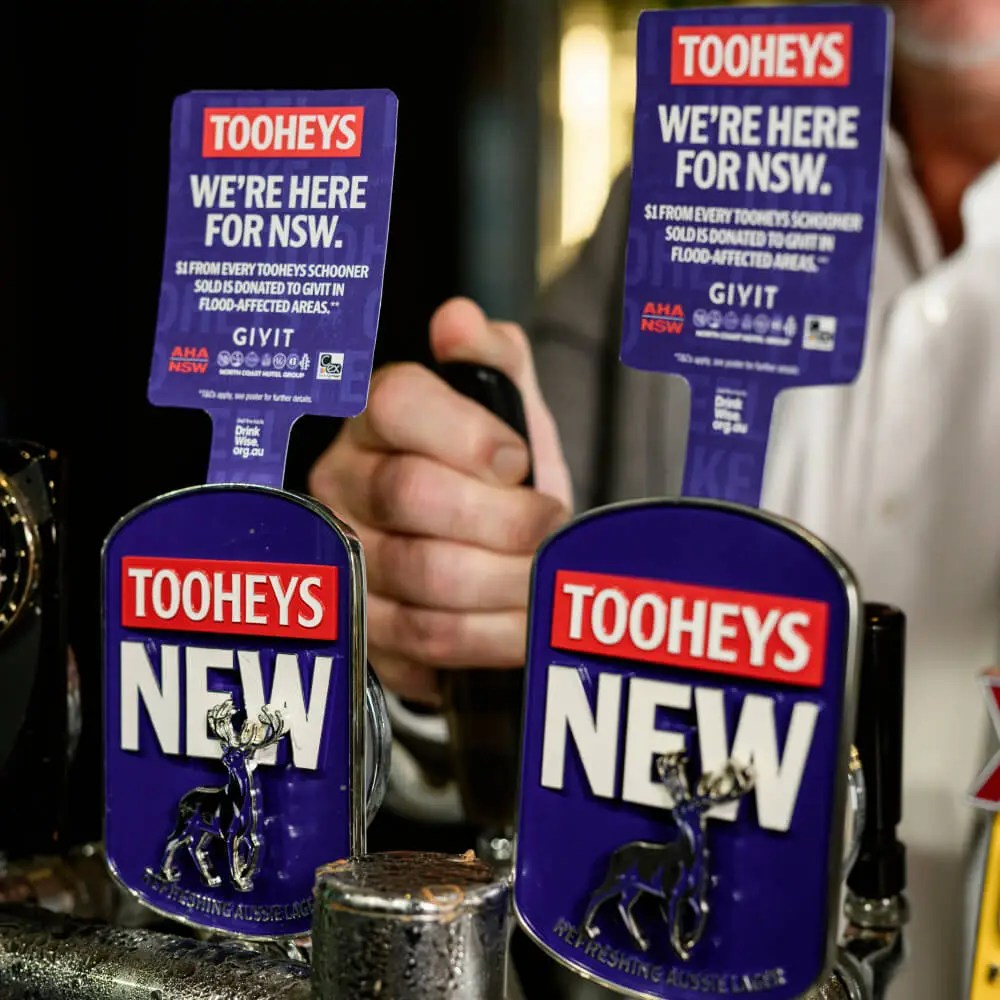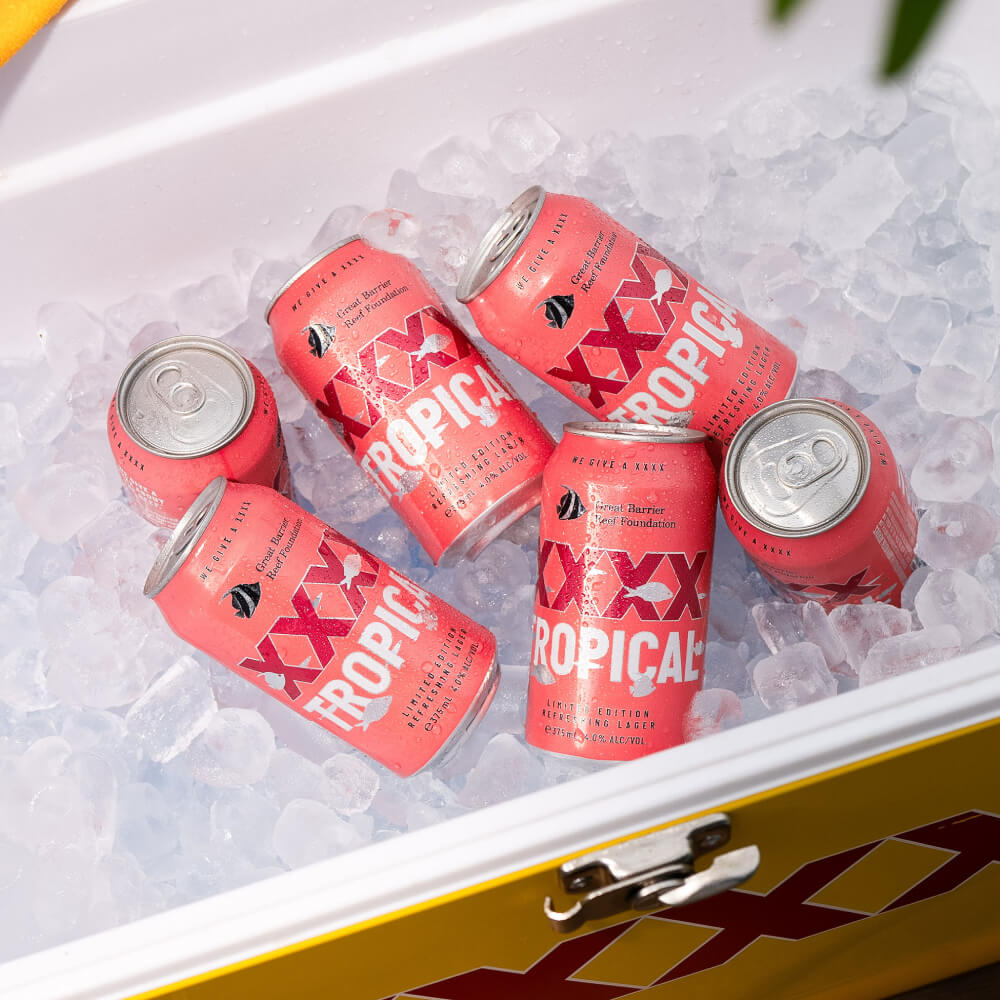13th May 2011
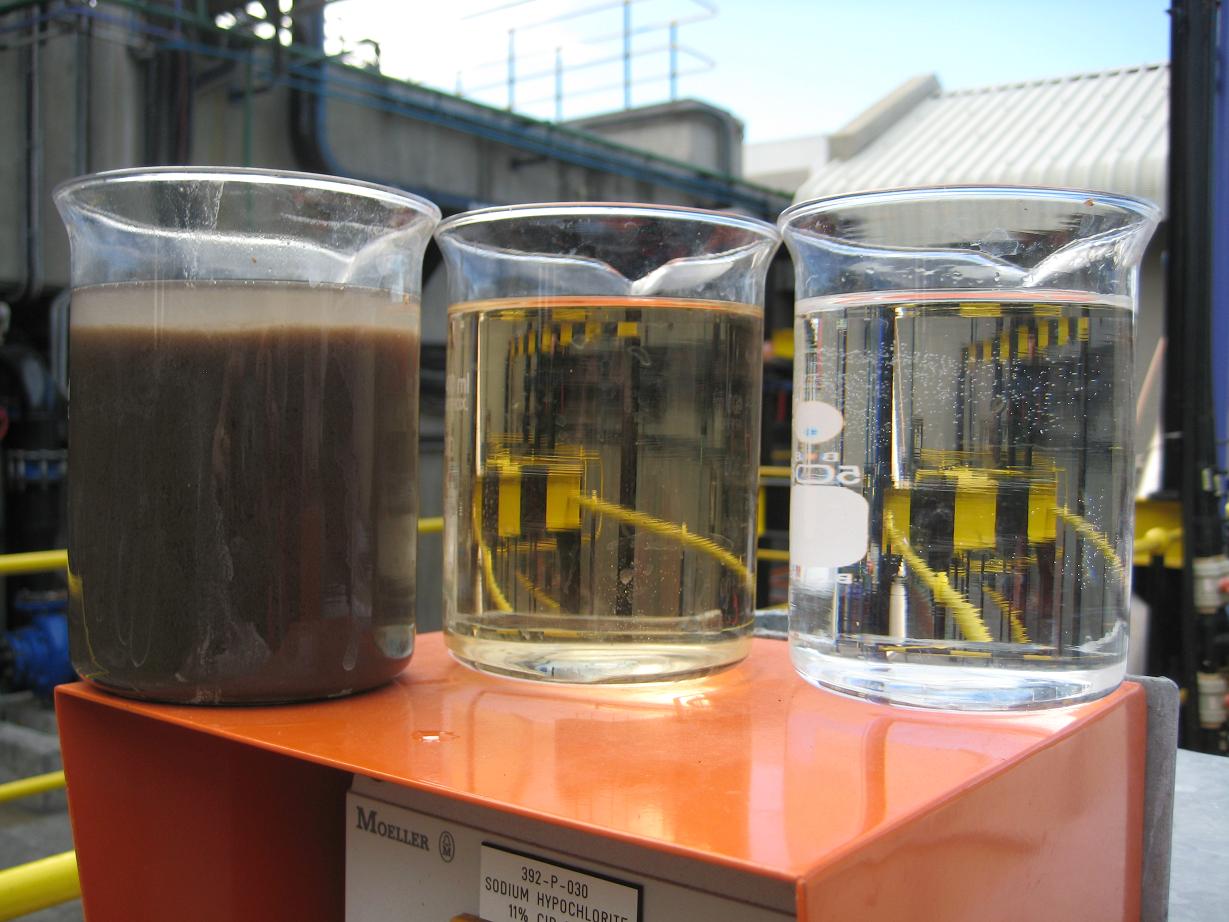
Dr BERNARD TALBOT
Director, Talbot & Talbot
Effluent should be recycled back into brewery operations with less reticence than is currently the case. Throughout many parts of the world we encounter areas or entire regions where water is scarce and water quality highly suspect. In these situations beer quality is often compromised and production schedule disrupted. The use of properly treated effluent presents the brewer with a safer option and greater security of supply.
There is little doubt that today technology exists to cost effectively and sustainably remove all pollutants from brewery effluent streams. And, thereby, we can produce a water quality that is chemically safe for human consumption as well as a chemistry entirely compliant with even the most stringent of compliance schedules. The table below highlights the superior quality of routinely produced recycled water at an African brewery in comparison to the stringent SANS-241 (South African National Standard for drinking water).
The biggest argument for reusing treated effluent is that its chemical quality far exceeds that encountered in most borehole abstraction schemes and in fact is closer to that of water used in hospitals for kidney dialysis. It is not uncommon on the eastern seaboard of the African continent and elsewhere to find borehole water high in the BTEX complex (benzene, toluene, ethylbenzene and xylene residual mix) ingressed into the groundwater from leaching diesel pollution, in addition to the frequent presence of elevated nitrate and faecal coliforms that betrays the ingress of percolated domestic sewage. After all, many large cities in the developing world, with populations in the several millions, do not have even basic sewage treatment and disposal systems or landfill facilities. A large portion of this waste load ends up in the groundwater, making the shallow coastal freshwater aquifers along the African eastern seaboard, for example, very prone to being heavily polluted, chemically and pathogenically. In urban and peri-urban coastal environments, excessive groundwater abstraction results in coning, a process whereby salt water upwells from the underlying denser saline aquifer to dramatically increase sodium and chloride concentrations in the groundwater.
Where water is supplied by the local councils in developing countries, availability can be an issue. Rampant urbanisation often negates any advances made in bulk water supply and distribution. Very commonly, the microbiology can be far from safe and introduces an unknown human health risk to the brewer through the presence of pathogens.
The treatment train required to achieve the necessary water quality for reuse in brewery operations has developed rapidly over the last 20 years. While there are still reasonable variations in the field, the industry benchmark currently has settled on the following format. The first step is undeniably biological and over the last 5 to 10 years this has been a dual step of anaerobic and aerobic treatment arranged in series. The anaerobic treatment is classically of the UASB (Up-flow Anaerobic Sludge Bed) configuration and the aerobic phase is preferably of the MBR (Membrane Biological Reactor) type where clarification is achieved using ultra-filtration membranes to produce a high-quality intermediate water. (see middle beaker in Figure 1). A small amount of this water can be reused in specific user points where the water quality required is appropriate.
Typically, this ultra-filtration water needs further treatment. Elevated concentrations of various inorganic species in the effluent make it necessary to follow the biological steps with reverse osmosis (RO). RO membranes are used to split the effluent into two streams; a permeate and a brine. The permeate stream is largely made up of water molecules with only trace levels of ions such as sodium, low levels of ammonia and practically no organic residuals (see beaker above). The membranes act as an absolute biological barrier to any living organisms in whatever form, removing them with 100% efficiency. The brine contains the rest of the chemical and biological components and needs to be discharged to the environment. This permeate water is not yet usable and requires a few post treatment steps. We usually recommend the use of activated carbon as a precautionary measure. Activated carbon filters will mop up any small traces of ammonia, colour, odour or taste that may end up in the permeate stream. Cooling is often required in tropical environments where the treated effluent could still be in excess of 35 deg C. This water is now suitable for user points that require very soft water such as boiler feed. The rest of the water requires disinfection to prevent downstream microbiological contamination and/or conditioning to ensure appropriate hardness and conductivity.
An advantage of the beer industry is that brewery effluent lacks troublesome pollutants such as mercury, harmful pathogens or hormonal and pesticide residues. The above described treatment train effectively removes all pollutant groups present in a brewery effluent.
So, if the consensus among water scientists is that existing technology can produce a demonstrably safe water supply, why the visceral opposition still clearly in evidence throughout the industry? Why, scientists want to know, the emotive preoccupation with the history rather than the chemistry of the water supply? The worsening water crisis in many parts of the world is expected to increasingly challenge these traditional and often archaic sentiments against recycled effluent. After all, even in nature, all water is recycled.
Besides, is it not common for entire cities in both developing and developed countries to rely to some degree on recycled wastewater for their bulk water supply. We do not hear of a consumer backlash against the use of contaminated groundwater. That practice itself constitutes, in part, the recycling of wastewater. Where it is practised formally, it even has a name – aquifer recharge. A bit of ‘out-of-sight out-of-mind’.
It’s also accepted as “normal” that a Londoner will open his tap to a water that could have been used and cleaned several times. Much work is needed to unravel the actual perceptions of the general public that taps into this irrational fear. There are sporadic reports of studies that have strived to explain the “yuk” factor that fuels the consumer’s dread of one recycled water supply but leaves him or her un-phased of another. This psychology is the same encountered in arid towns in Australia where formidable resistance to treated sewage has hampered critical development of wastewater reuse. And the thesis of this argument does not even go anywhere near domestic sewage.
The thesis of this article is that we should reuse effluent with no domestic sewage. There are many up sides to the practice of water recycling in breweries besides improving security of supply, reducing water ratios and the resultant reduction in its environmental footprint. Part of the treatment train, anaerobic digestion, reduces about 85% of the organic content of the effluent by converting it first to volatile fatty acids and then to methane. This not only affords the opportunity to replace around 10% of the fossil fuel use in the boilers, but also reduces the need to consume electricity in downstream municipal or collective treatment plants. A 1 Mhl/yr brewery can produce as much as 0.46 MW of power from the anaerobic digestion of its effluent, and in addition save a further 0.11 MW of power utilisation at downstream municipal sewage treatment plant, giving a net advantage of 0.57 MW. Treatment also removes nuisance nutrients such as nitrogen and phosphate and prevents them from entering the receiving environment.
Furthermore, recycled water is typically produced on the brewery site itself and operated and maintained by staff that is either employed, or at least sanctioned, by the brewery. This provides an element of control that could be a tangible relief in environments where the operational and maintenance control of the water utility companies are poor or non-existent.
Many breweries today are setting their sights audaciously on ever diminishing water ratios, some as low as 2.2 hl:hl. This cannot be achieved solely by shutting taps, fixing leaks and internal recycling. In fact such targets are not achievable without aggressive recycling of treated effluent. A 20 year old brewery with old equipment but a reasonable water management programme may achieve a water ratio of 4.2 hl:hl. Recycling 65% of the brewery’s effluent leads to an approximate 50% reduction in the volume of water that needs to be brought on site and has the prospects of reducing the water ratio to 2.2 hl:hl.
A further advantage of this recycling programme is that it leads to reductions in specific water usage at certain user points. The softness of the recycled water or low TDS of the RO water at around 15 mg/l tolerates more concentration cycles in the boiler feed, condensers and cooling towers before requiring blow down.
This reduction in water usage takes on extreme significance in breweries that are embedded in water scarce communities. A typical 1.5 Mhl/yr brewery at a water ratio of 7 hl:hl will consume the equivalent water of 35700 people and can be conceived as an irresponsible guzzler. Put another way, that same brewery will consume in one day what a developing world family will consume in 14 years. In these circumstances it is difficult for the brewery management to claim good environmental performance without demonstrable evidence of water recovery.
There is little doubt that returning treated effluent back into the brewery operations should be practised with great care. Besides ensuring stringent operating procedures and rigorous quality assurance programmes, there are numerous qualifiers that need to accompany the reuse programme. Possibly chief among them is the strict need to prevent ingress of domestic sewage into the effluent reticulation. Exhaustive testing needs to be done using a variety of techniques including dye tracer studies to verify that streams emanating from ablutions facilities are kept segregated and discharged separately from the effluent.
The extent of recycling needs to be tempered for a number of reasons. Experience in several breweries suggests that, as a rule of thumb, recycling should be limited to 60-65% of the effluent volume generated. There is a very good reason for this. As water flows through the brewery it picks up substantial quantities of sodium, chlorides, sulphates as well as other species. Many of these are conservative, i.e. they flow right through the biological treatment steps unaltered and end up in the RO membranes where they are separated from the water and end up in the brine for discharge. The balance of the effluent that is not reused, or 35% – 40% has to be the carrier for practically all the inorganic component of the full effluent stream. In this way, the lower this discharged volume, the higher the concentration of the inorganic species such as sodium and chloride. Sodium is a classic example: We find this cation entering the brewery at <100 mg/l, but leaving around 500 mg/l to 600 mg/l. All of this works its way through the anaerobic and aerobic treatment steps and ends up going through the membranes. Almost all of it is retained in the membrane and discharged with the brine.
Here its concentration increases to 1400 mg/l to 1800 mg/l. At this point, the discharged stream has the potential to become problematic. If the river water is used for irrigation, for example, sodicity problems can be become apparent. It could be counter argued that the water recovery programme does not increase the amount (load) of sodium released to river, but only the concentration. However, sodium will have an impact due to concentration alone.
Where the brewer is assured of a secured supply of good water quality the drivers for water recovery largely disappear due to the higher capital and operating costs associated with the required treatment steps. These added costs, combined with added operating and maintenance complexities will otherwise limit treatment to anaerobic and aerobic treatment. Unlike the GHG crisis, the water crisis is far more of a regional phenomenon and cannot on its own merit further treatment that is required for safe release of the effluent to its receiving environment.
The resultant increase in process complexity with components such as ultra-filtration and reverse osmosis is very real. These are engineering processes and equipment that are often foreign to the brewer. It is not surprising that we find such treatment trains are best operated and maintained on an outsourced basis by a specialist utility company. Operational experience is key not only in treatment area, but also in managing events within the brewery so as to ensure appropriate quality of the brewery effluent.
A properly crafted wastewater management plan can anticipate and successfully mitigate all these difficulties so as to safeguard the realisation of a water recycling programme.
The brewery industry can afford the luxury of debating whether beer can be brewed without malt – but it cannot escape the simple fact that beer cannot be brewed without water. With proper care, reuse of treated effluent can alleviate the constraints of poor water supply, as is already the case in a few breweries around the world. All this will demand is a shift in attitude. Over the last 50 years we have moved from the general consensus that water was an infinite resource to our current understanding. Now is the time to bury the “yuk” factor once and for all.
It is high time that one of the larger beer producers takes the bold step of producing a beer that is proudly presented as a genuine, fully recycled drink and marketed as a green product. Others will follow. Maybe we will yet produce beer without water – at least without freshwater – whatever that might be.


